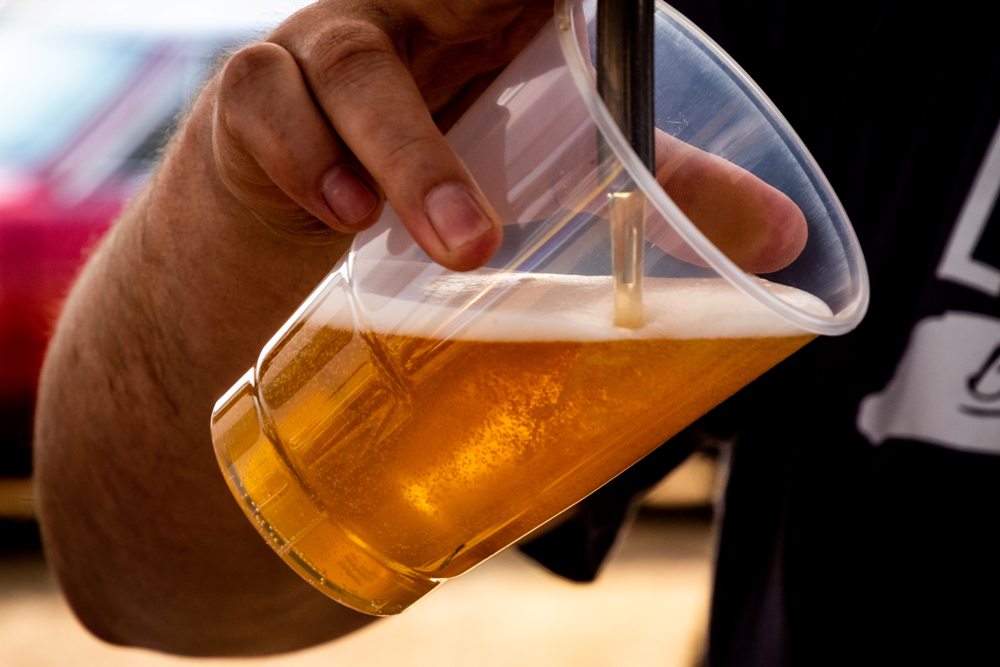
Whether you are a beer snob or just starting out, home brewing offers an experience and results that cannot be replicated in any other way. The satisfaction of making your own beer can be quite gratifying; and brewed correctly, homemade beer can taste better than many commercially available beers. It's certainly possible to make terrible beer; but with a little knowledge and patience, you can create a tasty chilled beverage. Homebrewing requires very few tools and ingredients:
- Yeast
- Hops
- Water
- Sugar
- Malt extract
- Fermentation vessel
- Patience
How to Get Started
The first thing you'll need to decide is what type of beer you would like to brew. There are various recipes available for all types of beers, ales, and lagers. Next, you'll need to decide what kind of equipment you'll need. Know how much you will want to brew before you pick the brewing equipment. You can get by with just your stove for smaller batches using an enamel pot and a large bowl or jug.
Brewing Process
AFter you've gathered your ingredients and equipment and decided on a recipe, it's time to actually brew your very own brand of craft beer. The basic process is as follows:
- Boil water in your pot (add hops at the beginning of boil).
- Add all malt extract and dissolve completely.
- Add any sugars you may want to include.
- Bring to a boil, add yeast and root beer flavoring (if desired).
- Wait until the beer starts bubbling away.
- Ferment for two weeks (or longer if you want a cleaner flavor).
- Bottle your homebrew.
- Enjoy!
Potential Pitfalls
Homebrewing is a fairly simple and straightforward process, but there are some possible areas of failure.
- Temperature
- Is the temperature too high or too low? Higher temperatures can lead to crisper flavors, while lower temperatures will produce sweeter tastes.
- Pitch Rate
- Is the yeast being added to the beer too early or too late? Too much yeast could lead to a 'yeasty' taste, while not enough will produce an alcoholic but flat drink.
- Sanitation
- Can contamination occur from not properly sanitizing the equipment? This is nearly impossible if you follow the proper care and washing of your items.
Skip the Hassle
Homebrewing can be a gratifying experience, but it is not practical for everyday activities. Of course, if you want to skip the hard work and still enjoy a great beer, visit your local craft brewery to jump straight to the fun part!
EDITORIAL POLICY
Editorial Policy: The Flash List is dedicated to providing trustworthy editorial content by maintaining strict ethical standards, journalistic integrity, and credible professionalism regardless of any remuneration as working media. The Flash List is not affiliated with third-party companies mentioned and makes no endorsement or guarantee expressed or implied. The preceding article is intended for informational reference only, and does not constitute advice of any kind. Moreover, a qualified professional should be consulted regarding any lifestyle consideration, medical treatment, or monetary transaction, etc. Content contains affiliated link(s) for which compensation was received in accordance with USFTC regulations and terms and conditions.
MORE ON THE FLASH LIST
































